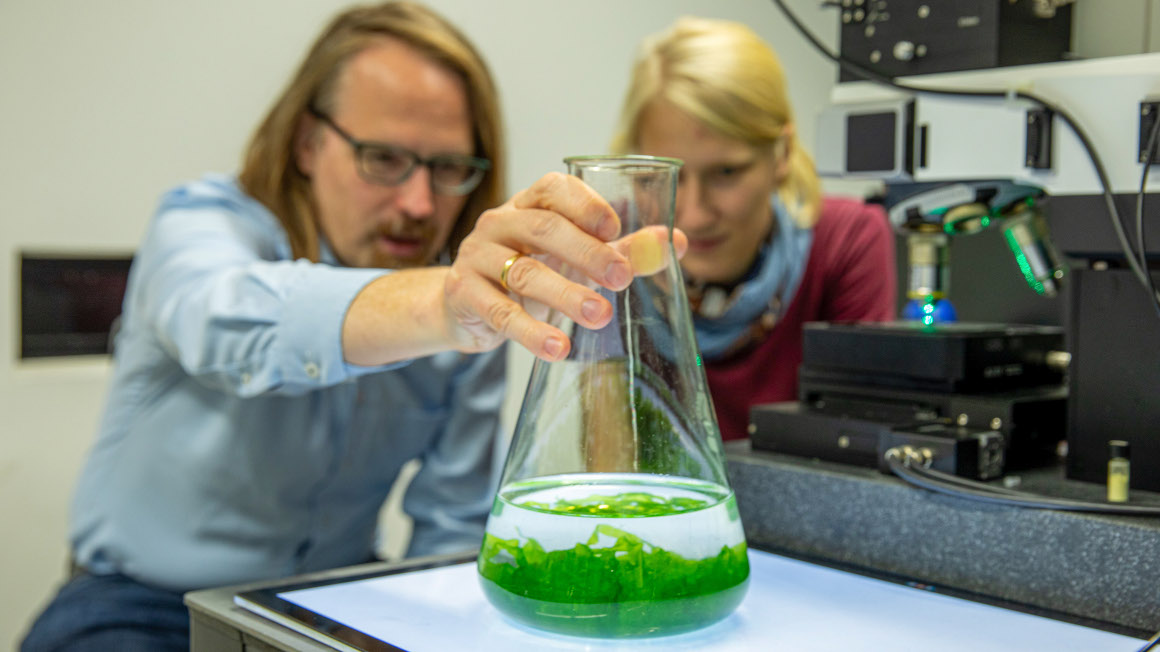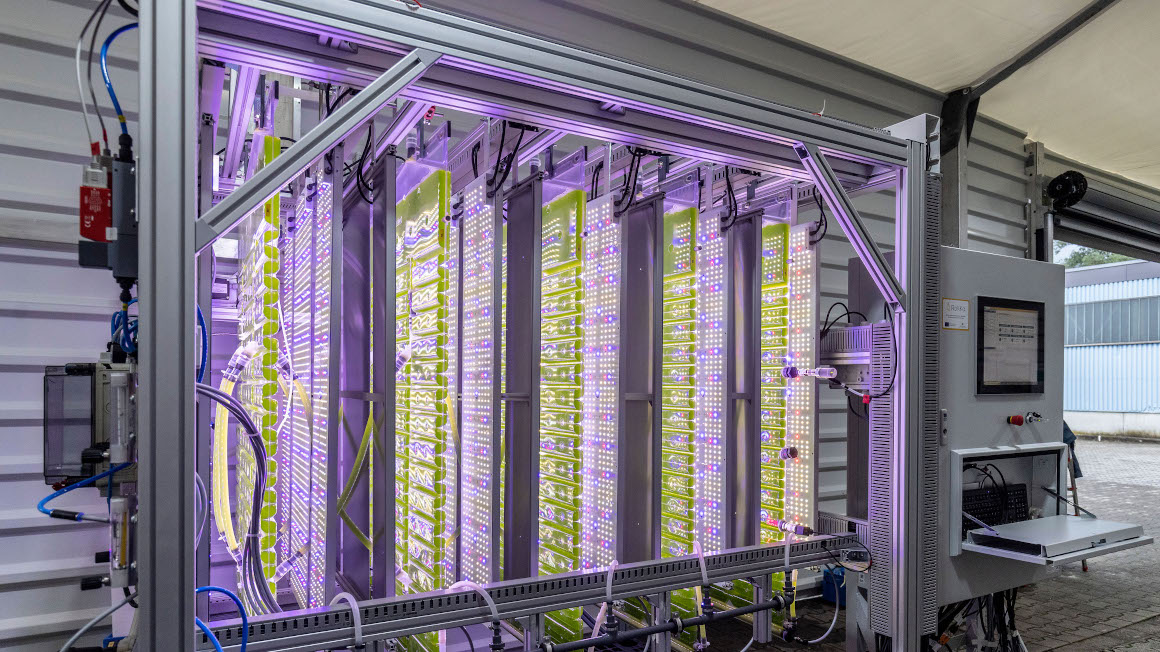Symbiosis of a green alga investigated
Using Raman spectroscopy, researchers in Jena have succeeded in analysing the interaction between the green alga Ulva and its bacterial community in real time without disturbing the sensitive interaction.

As oxygen producers and CO2 reservoirs, algae contribute to the survival of the marine ecosystem and therefore also make a decisive contribution to climate protection. Algae, such as the green algae Ulva, have also long since become an important source of raw materials for industry. They are used to produce active ingredients for medicine or bio-based chemicals, food and animal feed or cosmetic products. By decoding the genome of the large marine algae Ulva, researchers from Jena laid the foundations a few years ago for further exploiting the diverse potential of the so-called sea lettuce.
New findings on the interaction between algae and bacteria
Researchers from the Leibniz Institute of Photonic Technology (Leibniz IPHT) and Friedrich Schiller University in Jena are now providing detailed information on the chemical composition of Ulva algae cells and their interactions with bacteria for the first time.
Algae live in symbiosis with bacteria and are therefore crucial for their growth and development. Until now, however, it has been difficult to analyse this interaction in real time without compromising the sensitive process. ‘Our aim was to develop a technique that makes it possible to precisely record the subtle differences in the cell structure of the algae and the interactions with the bacteria,’ explains Constanze Schultz from Leibniz IPHT and first author of the study, which was carried out in the ChemBioSys Collaborative Research Centre at Friedrich Schiller University Jena.
Laser light makes symbiotic interaction visible
As the team reports in the journal 'ChemPhysChem', they were able to use Raman spectroscopy to gently analyse the symbiotic interaction between algae and bacteria. The method uses laser light to analyse the molecules in the cells. In this way, changes in the cell structure become visible without adding dyes or markers. ‘Raman spectroscopy offers us a unique opportunity to analyse these processes directly in the water and without affecting the samples,’ says Schultz.
Potential for biotechnology and environmental protection
According to the researchers, the study can contribute to a better understanding of the role of algae and their bacterial partners in the ecosystem. On this basis, more efficient methods for cultivating algae, which are becoming increasingly important for food production or energy generation, could also be developed. ‘Insights into molecular cell wall synthesis and the development of malformations are particularly relevant here, as they can help to better understand resistance to various environmental influences and susceptibility to disease,’ write the researchers.
bb


